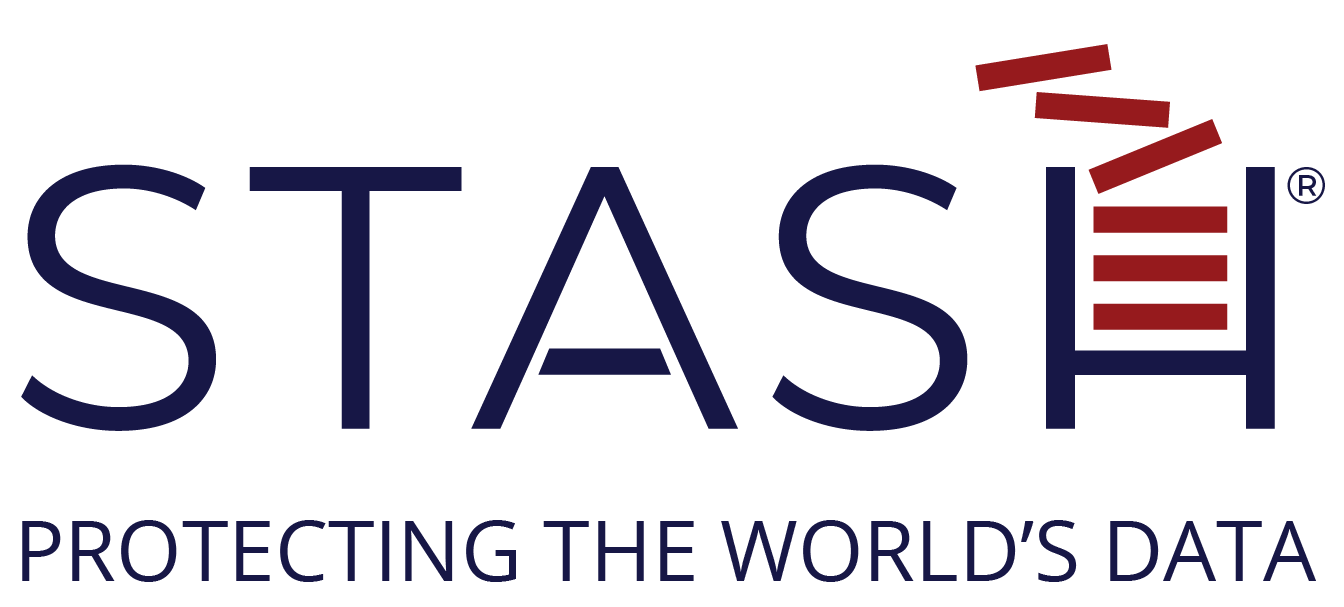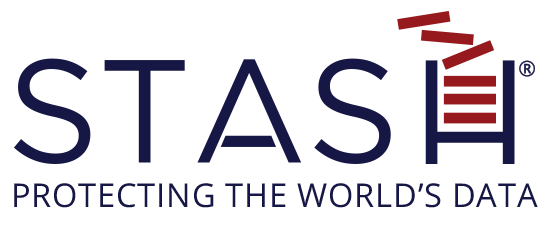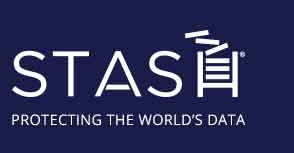STASH® provides secure creation of, access to, and sharing of unstructured data. It delivers secure interactive access to data, secure long-term storage, archiving, and preservation of data, auditing and reporting, and document management features. STASH® is secure and resilient data wrapped in granular access control of that data. It is the first and only comprehensive data compromise solution of its kind.
Organizations are facing increasing external cyber-attacks as well as insider threats. Criminals, nation state actors, and even interested commercial parties are attracted to the crown-jewel types of data with which enterprises are often entrusted.
Even sophisticated firms can be hacked with devastating impact on their reputations, customers, partners, and value. The consequences of breach can deeply compromise large organizations and destroy smaller ones with massive financial and even political consequences. Organizations that hold intellectual property, merger and acquisition, commodity investment, contract negotiations, proprietary trade secrets market deals, and other sensitive data are phenomenally attractive.
Local and Federal government are under “near-constant attack”. The unauthorized access or loss of law enforcement data due to a cyberattack has serious operational and privacy implications. The importance of cybersecurity needs to be considered from multiple perspectives—those of employees, community members, crime victims, witnesses, informants, and prosecutors. A cyberattack could compromise an organization’s or an agency’s ability to conduct business, protect life and maintain order, thus eroding trust and credibility.
Every organization of any kind has a supply chain of internal and external partners, vendors, materials, transport, manufacturing, quality control, data exchange, equipment, information flow, and dozens of other functions. Your company may have a cyber-security risk strategy but what about your key suppliers that have access to your systems?
Or a niche company supplying vital goods or services that has access to important information and an immature approach to data security. The next problem is your suppliers’ suppliers. Poor information security practices by lower-tier suppliers can sink companies. it is estimated that over 1/3 of corporate IT breaches are via third-party suppliers.
The use of third parties means that businesses rely on systems and data over which they don’t have complete control, making them even more susceptible to a cyber event. When STASH® is deployed, low value data security and control tactics can be jettisoned, and granular control of data access and security is in the hands of the organization. Even STASH® doesn’t have access.






